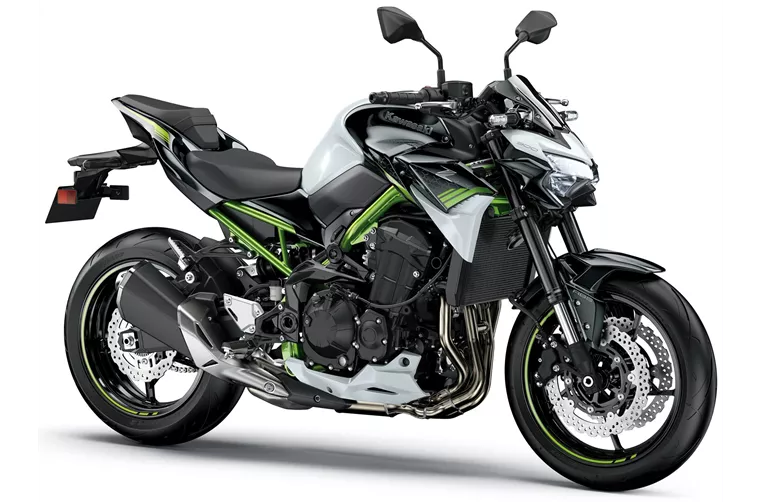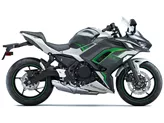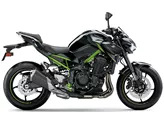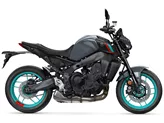Kawasaki ER-6n 2013 vs. Kawasaki Z900 2020

Kawasaki ER-6n 2013
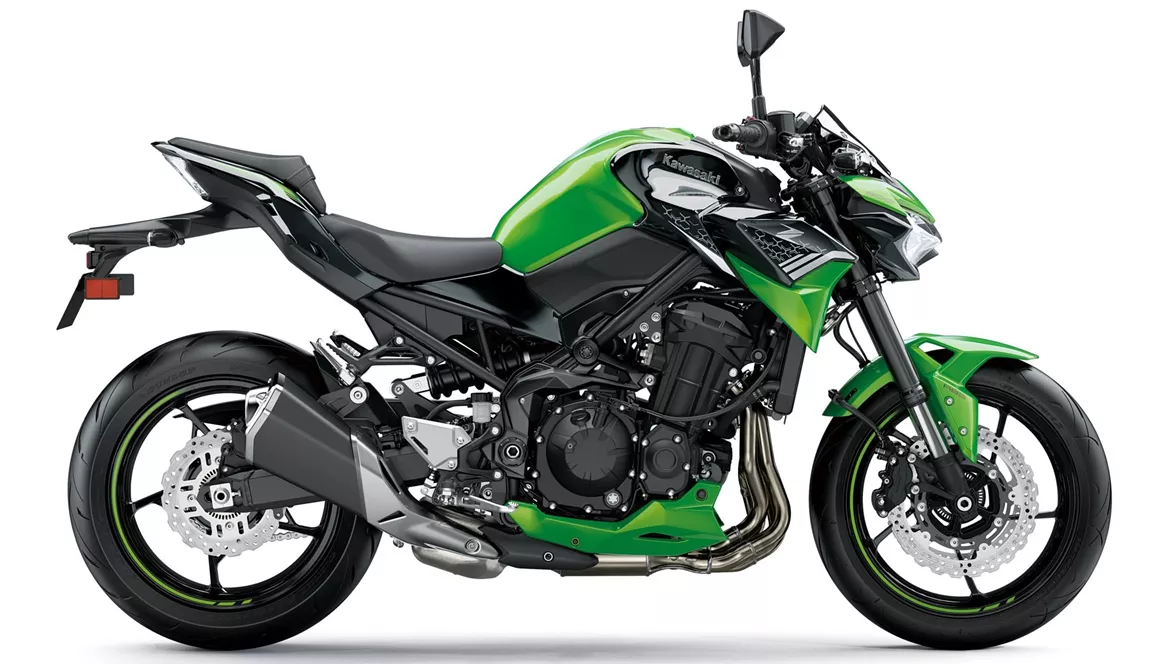
Kawasaki Z900 2020
Vue d’ensemble - Kawasaki ER-6n 2013 vs Kawasaki Z900 2020
The Kawasaki ER-6n model year 2013 and the Kawasaki Z900 model year 2020 are both naked bikes from Kawasaki, but they have several differences in terms of technical specifications and strengths.
Starting with the engine and drive train, both bikes have an in-line engine type and liquid cooling. However, the Kawasaki ER-6n 2013 has a 2-cylinder engine with 72 HP of power and 64 Nm of torque, while the Kawasaki Z900 2020 has a more powerful 4-cylinder engine with 125.4 HP of power and 98.6 Nm of torque. The displacement of the ER-6n is 649 ccm, while the Z900 has a larger displacement of 948 ccm.
In terms of suspension, both bikes have a monoshock rear shock absorber. The chassis of both bikes is made of steel, but the Kawasaki Z900 2020 has a double cradle frame type, which may provide better stability and handling.

Kawasaki ER-6n 2013
Both bikes have double disk brakes at the front with petal technology. However, the Kawasaki Z900 2020 has four-piston front brakes, which may offer better braking performance compared to the double-piston brakes of the ER-6n 2013. Both bikes have the same front tire width of 120 mm and diameter of 17 inches, but the Z900 has a wider rear tire width of 180 mm compared to the 160 mm of the ER-6n. Both bikes have the same rear tire diameter of 17 inches.
In terms of dimensions and weights, the Kawasaki Z900 2020 has a slightly larger wheelbase of 1450 mm compared to the 1410 mm of the ER-6n 2013. The seat height of the Z900 is also slightly lower at 795 mm compared to the 805 mm of the ER-6n. The kerb weight of both bikes, including ABS, is quite similar, with the ER-6n weighing 208 kg and the Z900 weighing 210 kg.
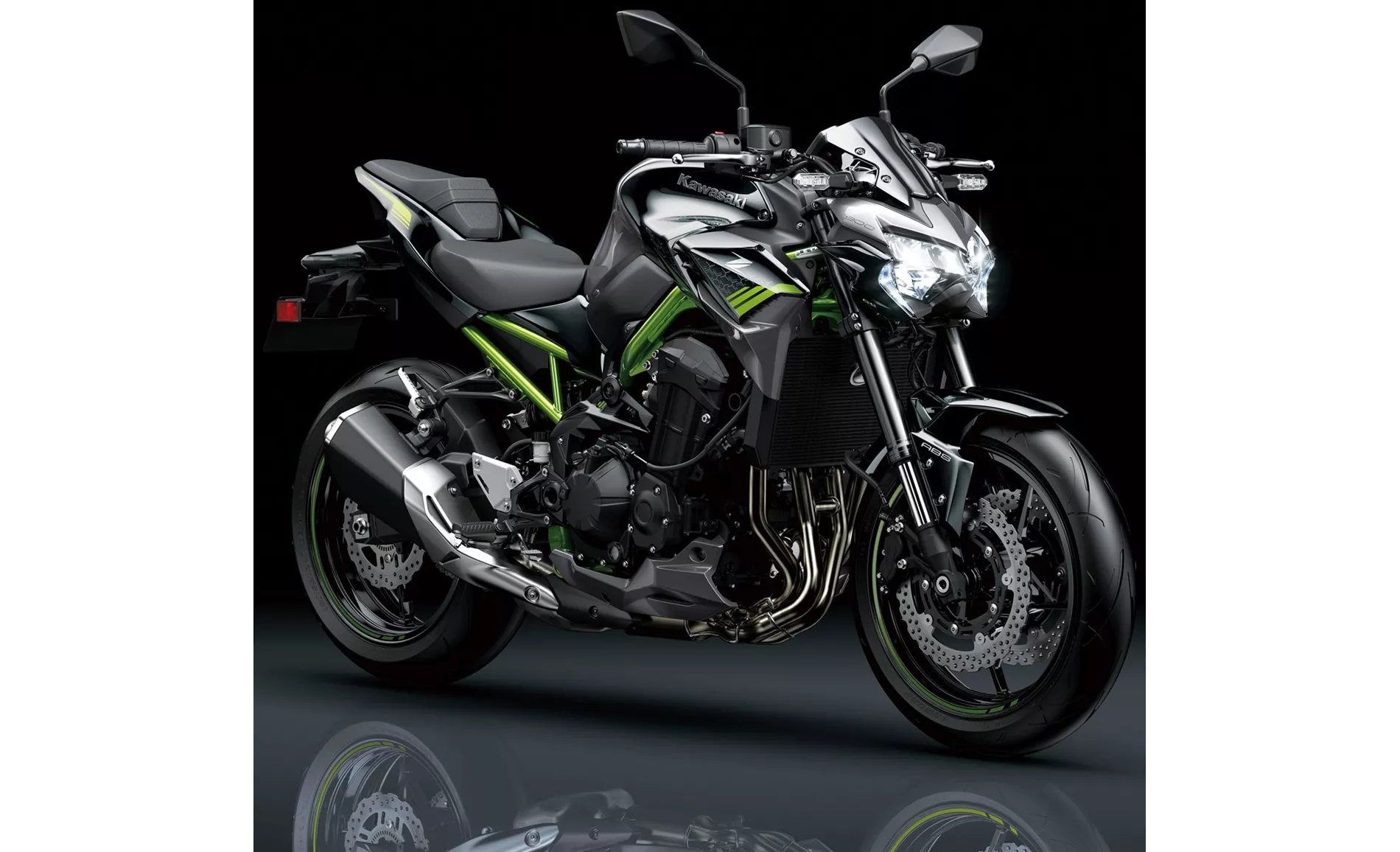
Kawasaki Z900 2020
Moving on to the strengths of each bike, the Kawasaki ER-6n 2013 is praised for its solid handling and high-quality level. On the other hand, the Kawasaki Z900 2020 is known for its powerful four-cylinder engine, great handling, good equipment, aggressive looks, and value for money.
However, there are also weaknesses to consider. The Kawasaki ER-6n 2013 is criticized for having weak brakes, which may affect the overall braking performance. On the other hand, the Kawasaki Z900 2020 has been noted to have a somewhat tiring menu navigation and does not offer a quickshifter option, which could be a downside for some riders.
In conclusion, the Kawasaki Z900 2020 offers several improvements over the Kawasaki ER-6n 2013 in terms of engine power, braking performance, and overall features. However, it's important to consider personal preferences and priorities when choosing between these two models.
Caractéristiques techniques Kawasaki ER-6n 2013 par rapport à Kawasaki Z900 2020
Avantages et inconvénients en comparaison
Avantages et inconvénients en comparaison
Kawasaki ER-6n 2013

Le moteur est très puissant et amusant, et l'ER brille par sa finition japonaise soignée et son prix compétitif.
Kawasaki Z900 2020
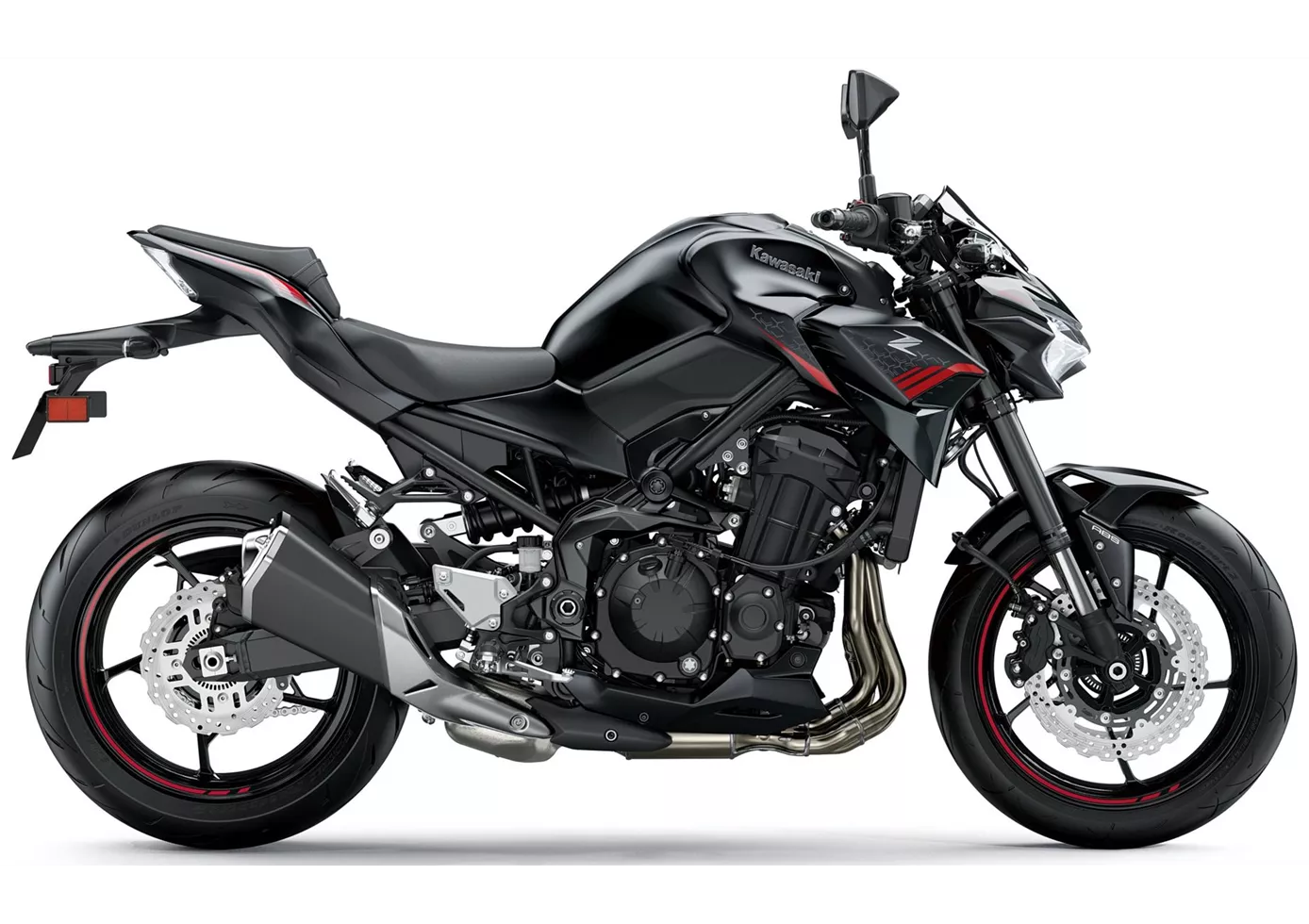
En termes de rapport qualité-prix, la Kawasaki Z900 est actuellement difficile à battre. Avec son moteur parfaitement réglé, ses composants de châssis de haute qualité et l'électronique ajoutée pour 2020, cette naked bike offre tout ce que les conducteurs sportifs recherchent. Il n'y a rien à redire, même si l'option Quickshifter aurait été un plus appréciable. En dehors de cela : un grand coup, Kawasaki !
Comparaison des prix Prix moyen du marché Kawasaki ER-6n vs Kawasaki Z900
There are a few key differences between a Kawasaki ER-6n 2013 and a Kawasaki Z900 2020. It takes less time to sell a Kawasaki ER-6n with 42 days compared to 124 days for a Kawasaki Z900. Since model year 2006 1000PS.de editors have written 16 reviews for the Kawasaki ER-6n and 46 reviews for the Kawasaki Z900 since model year 2017. The first review for the Kawasaki ER-6n was published on 6/29/2005 and now has more than 11,200 views. This compares to more than 93,200 views for the first review on Kawasaki Z900 published on 11/11/2016.

